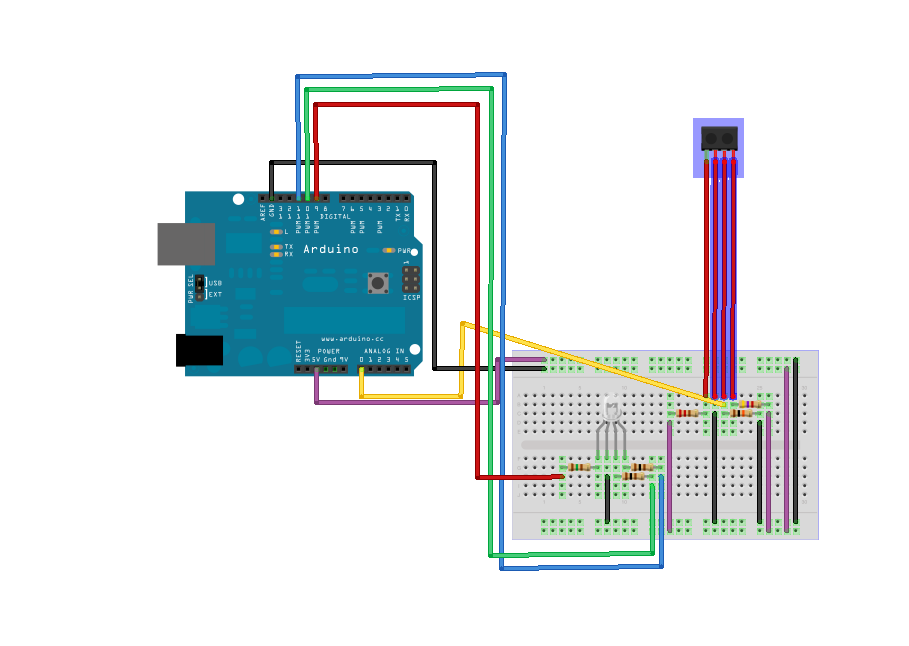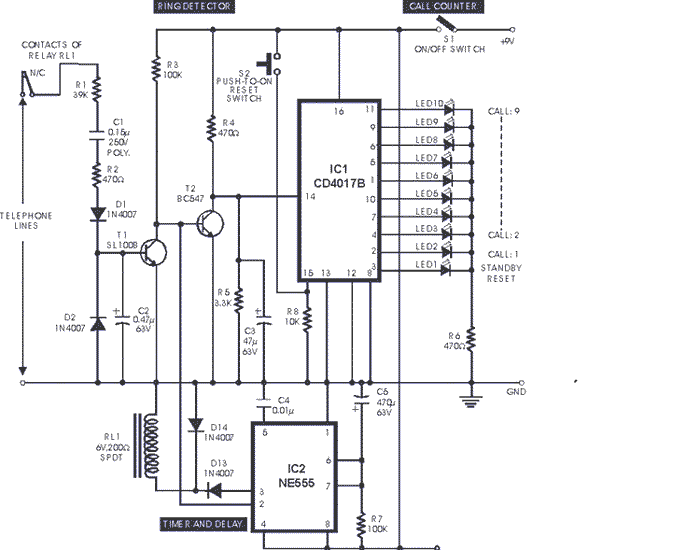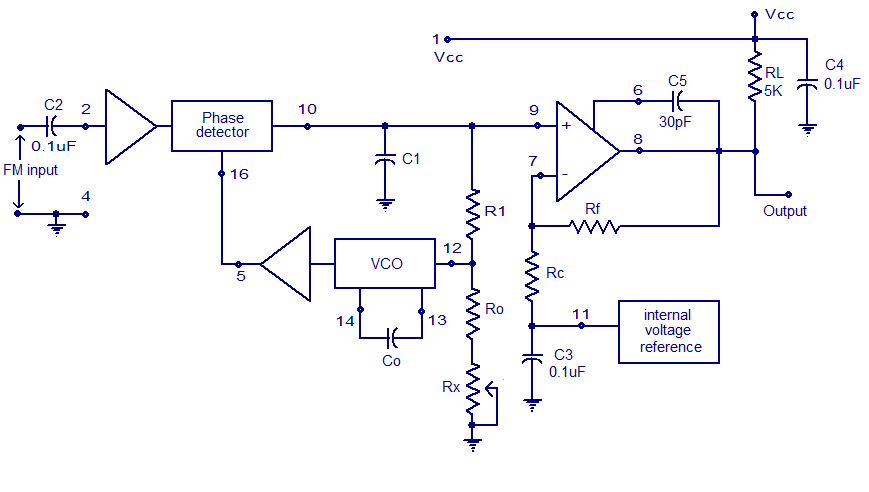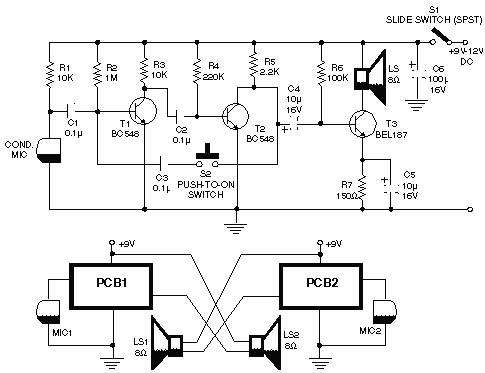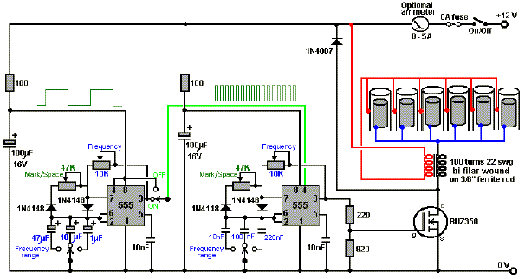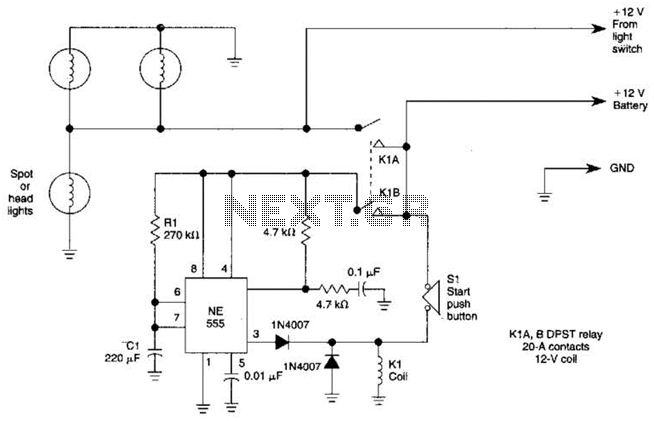
Q-multiplier filter circuit
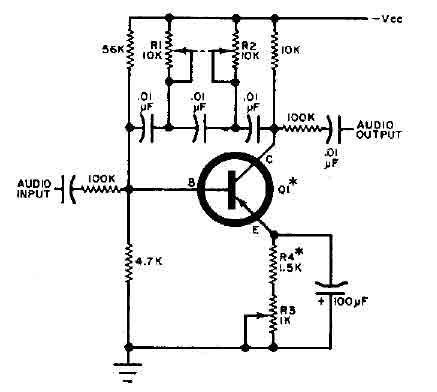
This circuit is designed for selective tuning adjustments between two closely spaced audio tones. The frequency is determined by the values of the capacitors and resistors in the feedback circuit connecting the collector and base of transistor Q1. With the specified values, the frequency can be tuned to approximately 650 Hz. Resistors R1 and R2 should be grouped together. Additionally, a three-potentiometer transmitter is utilized to control the sharpness of the response curve.
The circuit operates by utilizing a feedback mechanism that allows for fine-tuning of audio frequencies. The key component, transistor Q1, acts as an amplifier, where the feedback loop formed by the resistors and capacitors enhances the selectivity of the circuit. The capacitors determine the resonant frequency, while the resistors influence the gain and bandwidth of the response.
The three potentiometers serve a critical role in adjusting the circuit's response characteristics. By manipulating these potentiometers, the user can modify the sharpness of the response curve, which is essential for achieving the desired audio clarity and separation between the closely spaced tones. This level of control is particularly useful in applications such as audio processing, signal filtering, and tone generation.
To implement this circuit, careful selection of component values is crucial. The resistors and capacitors must be chosen to match the desired frequency response and tuning range. Additionally, proper layout and grounding techniques should be employed to minimize noise and interference, ensuring optimal performance of the circuit. The overall design should be tested and calibrated to verify that it meets the required specifications for audio applications.This circuit is selective for the tuning adjustment between two closely spaced tones audio. The frequency is dependent on the selective value capacitors and resistors in the feedback circuit between the collector and base of Q1. With the values shown, the frequency can be tuned to a hundred cycles or so-around 650 Hz Ri and R2 should be grouped.
R 3 potentiometer transmitter determines the sharpness of the response curve. Source: discovercircuits 🔗 External reference
The circuit operates by utilizing a feedback mechanism that allows for fine-tuning of audio frequencies. The key component, transistor Q1, acts as an amplifier, where the feedback loop formed by the resistors and capacitors enhances the selectivity of the circuit. The capacitors determine the resonant frequency, while the resistors influence the gain and bandwidth of the response.
The three potentiometers serve a critical role in adjusting the circuit's response characteristics. By manipulating these potentiometers, the user can modify the sharpness of the response curve, which is essential for achieving the desired audio clarity and separation between the closely spaced tones. This level of control is particularly useful in applications such as audio processing, signal filtering, and tone generation.
To implement this circuit, careful selection of component values is crucial. The resistors and capacitors must be chosen to match the desired frequency response and tuning range. Additionally, proper layout and grounding techniques should be employed to minimize noise and interference, ensuring optimal performance of the circuit. The overall design should be tested and calibrated to verify that it meets the required specifications for audio applications.This circuit is selective for the tuning adjustment between two closely spaced tones audio. The frequency is dependent on the selective value capacitors and resistors in the feedback circuit between the collector and base of Q1. With the values shown, the frequency can be tuned to a hundred cycles or so-around 650 Hz Ri and R2 should be grouped.
R 3 potentiometer transmitter determines the sharpness of the response curve. Source: discovercircuits 🔗 External reference
